Are You 21 Or Over?
YesOr
No By clicking yes, you certify that you are over 21 years old. By using this website, you agree to our legal disclaimer.Table of Contents
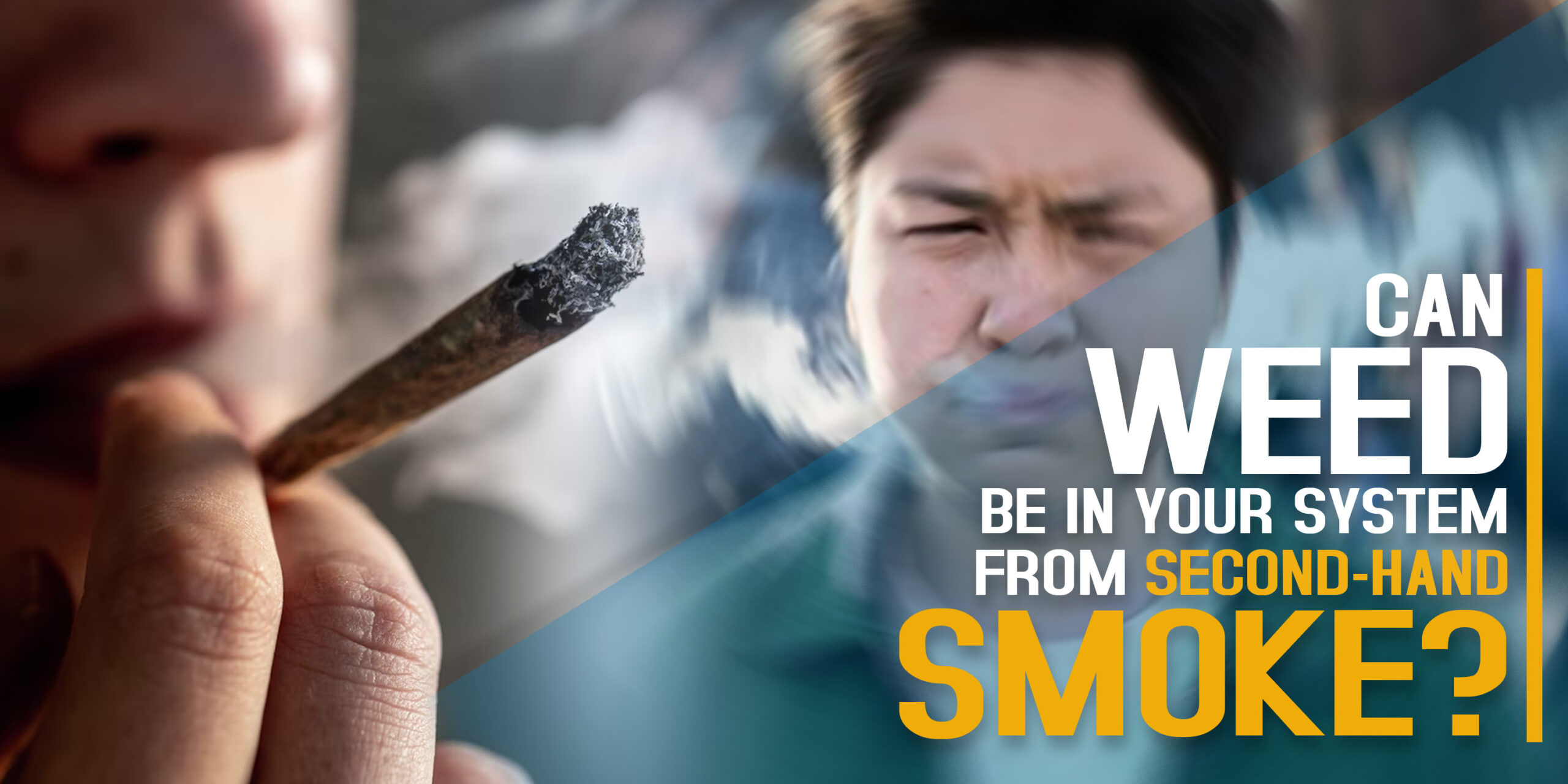
In recent years, the discourse surrounding secondhand marijuana smoke has gained significant attention, paralleling the legalization and increased use of cannabis in various forms. It’s crucial to comprehend the potential health hazards associated with exposure to secondhand marijuana smoke, akin to the awareness raised regarding secondhand tobacco smoke in the past. Through empirical studies and scientific research, a clearer picture emerges regarding the composition of secondhand marijuana smoke and its detrimental effects on health.
Secondhand marijuana smoke is a complex amalgamation of compounds emitted from combusted marijuana, including both the smoke exhaled by the user and the byproducts of combustion. This mixture contains a plethora of hazardous substances, some of which overlap with those found in secondhand tobacco smoke. Notably, acetaldehyde, ammonia, arsenic, benzene, cadmium, chromium, formaldehyde, hydrogen cyanide, isoprene, lead, mercury, nickel, and quinoline are among the carcinogens and toxins present in both types of smoke. Additionally, tetrahydrocannabinol (THC), the psychoactive component of cannabis, is also present in secondhand marijuana smoke.
The question of whether secondhand smoke can show up on a drug test is a pertinent one, often raised by individuals concerned about inadvertent exposure to substances such as marijuana. While there is limited research specifically addressing this issue, current scientific understanding suggests that passive exposure to secondhand smoke is unlikely to result in detectable levels of cannabinoids in drug tests. However, factors such as the duration and proximity of exposure, as well as the sensitivity of the drug test employed, may influence the likelihood of detecting trace amounts of cannabinoids in biological samples. Consequently, while the risk of testing positive due to secondhand smoke exposure is generally low, individuals seeking to avoid potential complications should minimize their exposure to smoke in environments where cannabis consumption occurs.
Exposure to secondhand marijuana smoke poses substantial health risks, particularly concerning respiratory and cardiovascular health.
Scientific evidence suggests that inhaling fine particulate matter from secondhand marijuana smoke can lead to lung irritation, exacerbate pre-existing respiratory conditions such as asthma and bronchitis, and increase susceptibility to respiratory infections. Furthermore, studies comparing particulate matter levels from secondhand marijuana and tobacco smoke indicate that the former can result in significantly higher concentrations of particulate matter, thereby posing a more acute risk to public health.
Beyond respiratory implications, exposure to secondhand marijuana smoke also impairs cardiovascular function. Research conducted on rats indicates that even brief exposure to secondhand marijuana smoke can lead to substantial impairment of blood vessel function, with effects lasting longer than exposure to secondhand tobacco smoke. This impairment manifests as compromised endothelial function, potentially predisposing individuals to cardiovascular diseases such as atherosclerosis, heart attack, and stroke.
Given the mounting evidence of the health risks associated with secondhand marijuana smoke, it is imperative to implement comprehensive smoke-free policies that encompass both tobacco and marijuana smoke. Such policies not only protect the public from exposure to harmful pollutants but also serve to denormalize smoking behavior and promote public health. Organizations like the American Society for Heating, Refrigeration, and Air Conditioning Engineering (ASHRAE) advocate for ventilation standards that ensure indoor air quality remains free from the deleterious effects of secondhand smoke, whether from tobacco or marijuana.
Efforts to enact smoke-free legislation in public spaces and workplaces are instrumental in safeguarding the health of nonsmokers and workers alike. By prohibiting smoking and vaping of both recreational and medical marijuana in designated venues, jurisdictions can mitigate the risks posed by secondhand marijuana smoke and uphold the right to breathe smoke-free air. Notably, the inclusion of marijuana in smoke-free laws underscores the necessity of consistent regulation across all forms of smoking and aerosolization, thereby preventing potential loopholes that may undermine public health protections.
In conclusion, the hazards of secondhand marijuana smoke are increasingly recognized within the scientific community, necessitating proactive measures to mitigate exposure and protect public health. By understanding the composition of secondhand marijuana smoke and its associated health risks, policymakers and stakeholders can formulate evidence-based regulations that prioritize public wellbeing. Through the implementation of comprehensive smoke-free policies and advocacy for transparent regulation, society can uphold the fundamental right to breathe clean, smoke-free air in all environments.
Q: Can secondhand marijuana smoke cause a positive drug test result?
A: Unlikely, but depends on factors like proximity and duration of exposure.
Q: Is it possible to completely avoid secondhand marijuana smoke?
A: It may be challenging, but avoiding areas where marijuana is smoked can help.
Q: How long does marijuana stay in the air after smoking?
A: It can linger for a while, but ventilation and airflow can help disperse it faster.
Q: Can secondhand marijuana smoke harm pets?
A: Yes, pets can be affected by inhaling secondhand smoke, just like humans.
Q: Can using air purifiers help reduce exposure to secondhand marijuana smoke?
A: Yes, good quality air purifiers can help remove smoke particles from the air, reducing exposure.
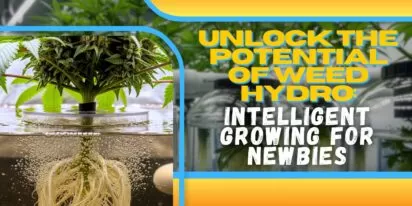
Curious about growing weed in a healthy, effective way? Welcome to the realm of weed hydro! This method uses water instead of soil, delivering n

Peyote Zkittlez is a unique cannabis strain that has quickly gained dedicated followers among enthusiasts and patients alike. Its parentage—Zk
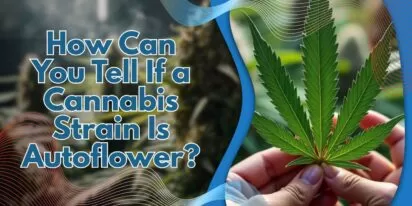
As growers, we want strains that work well, are strong, and are of good quality. Autoflowering cannabis strains are a big step forward for both

Pot growers always ask the same basic question: How much weed does a weed plant produce? The answer is complex and depends on a multitude of var

Ever had the room spin after a few hits? You're not alone. Figuring out how to prevent getting dizzy high can make your cannabis experience a wh
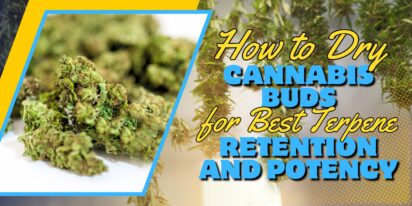
Drying cannabis properly is a critical process in preserving the plant's full aroma and flavor and its psychoactive abilities. Tampering with th

Ever caught yourself a bit too high and all of a sudden in need of being normal? Whether you're heading out for munchies or bumping into someone

Looking for sage advice on how not to get pinched with weed without batting an eye? Attempting to protect your stash from gossipy roommates, sno
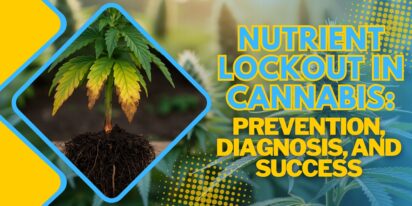
Nutrient lockout, also known as nutrient binding or chemical antagonism, is a significant issue in cannabis cultivation that negatively impacts

Germination is the most critical initial stage in growing healthy, high-quality cannabis plants. During germination, the dormant seed becomes a
Are You 21 Or Over?
YesOr
No By clicking yes, you certify that you are over 21 years old. By using this website, you agree to our legal disclaimer.
Excellent blog here Also your website loads up very fast What web host are you using Can I get your affiliate link to your host I wish my web site loaded up as quickly as yours lol
Your writing is not only informative but also incredibly inspiring. You have a knack for sparking curiosity and encouraging critical thinking. Thank you for being such a positive influence!
Simply wish to say your article is as amazing The clearness in your post is just nice and i could assume youre an expert on this subject Well with your permission let me to grab your feed to keep updated with forthcoming post Thanks a million and please carry on the gratifying work
Somebody essentially lend a hand to make significantly articles Id state That is the very first time I frequented your website page and up to now I surprised with the research you made to make this actual submit amazing Wonderful task
Your blog is a beacon of light in the often murky waters of online content. Your thoughtful analysis and insightful commentary never fail to leave a lasting impression. Keep up the amazing work!
Thank you for the auspicious writeup It in fact was a amusement account it Look advanced to more added agreeable from you By the way how could we communicate
Your blog is a constant source of inspiration for me. Your passion for your subject matter shines through in every post, and it’s clear that you genuinely care about making a positive impact on your readers.
Your blog is a constant source of inspiration for me. Your passion for your subject matter is palpable, and it’s clear that you pour your heart and soul into every post. Keep up the incredible work!
Your articles never fail to captivate me. Each one is a testament to your expertise and dedication to your craft. Thank you for sharing your wisdom with the world.
Your blog is a testament to your dedication to your craft. Your commitment to excellence is evident in every aspect of your writing. Thank you for being such a positive influence in the online community.
Your writing has a way of resonating with me on a deep level. I appreciate the honesty and authenticity you bring to every post. Thank you for sharing your journey with us.
Your blog is a true gem in the world of online content. I’m continually impressed by the depth of your research and the clarity of your writing. Thank you for sharing your wisdom with us.
Hi i think that i saw you visited my web site thus i came to Return the favore Im attempting to find things to enhance my siteI suppose its ok to use a few of your ideas
Somebody essentially help to make significantly articles Id state This is the first time I frequented your web page and up to now I surprised with the research you made to make this actual post incredible Fantastic job
Usually I do not read article on blogs however I would like to say that this writeup very compelled me to take a look at and do so Your writing taste has been amazed me Thanks quite nice post
Your blog has quickly become one of my favorites. Your writing is both insightful and thought-provoking, and I always come away from your posts feeling inspired. Keep up the phenomenal work!
Every time I visit your website, I’m greeted with thought-provoking content and impeccable writing. You truly have a gift for articulating complex ideas in a clear and engaging manner.
Hey there You have done a fantastic job I will certainly digg it and personally recommend to my friends Im confident theyll be benefited from this site
I have read some excellent stuff here Definitely value bookmarking for revisiting I wonder how much effort you put to make the sort of excellent informative website
Nice blog here Also your site loads up very fast What host are you using Can I get your affiliate link to your host I wish my site loaded up as quickly as yours lol
What i do not understood is in truth how you are not actually a lot more smartlyliked than you may be now You are very intelligent You realize therefore significantly in the case of this topic produced me individually imagine it from numerous numerous angles Its like men and women dont seem to be fascinated until it is one thing to do with Woman gaga Your own stuffs nice All the time care for it up
Your blog is a beacon of light in the often murky waters of online content. Your thoughtful analysis and insightful commentary never fail to leave a lasting impression. Keep up the amazing work!
Your blog is a breath of fresh air in the often stagnant world of online content. Your thoughtful analysis and insightful commentary never fail to leave a lasting impression. Thank you for sharing your wisdom with us.
Your blog is a beacon of light in the often murky waters of online content. Your thoughtful analysis and insightful commentary never fail to leave a lasting impression. Keep up the amazing work!
Usually I do not read article on blogs however I would like to say that this writeup very compelled me to take a look at and do it Your writing style has been amazed me Thank you very nice article
Your writing has a way of resonating with me on a deep level. I appreciate the honesty and authenticity you bring to every post. Thank you for sharing your journey with us.
This hydroponics guide is quite the buzz, seriously! Who knew growing weed without dirt could be so complicated yet potentially rewarding? The breakdown of systems like DWC and NFT is helpful, though I suspect my cat might confuse the air pump for a toy. The idea of cleaner buds is tempting, especially since explaining hydro weed to my non-growing friends might get messy. And the bit about potential dizziness from hydro weed? Perfect, now I have an excuse for why I always stumble a bit after a grow session. Still, the promise of faster grows and higher yields is hard to ignore, even if it means more trips to the pH meter than to the coffee shop. Overall, a cultivating read for the curious grower!